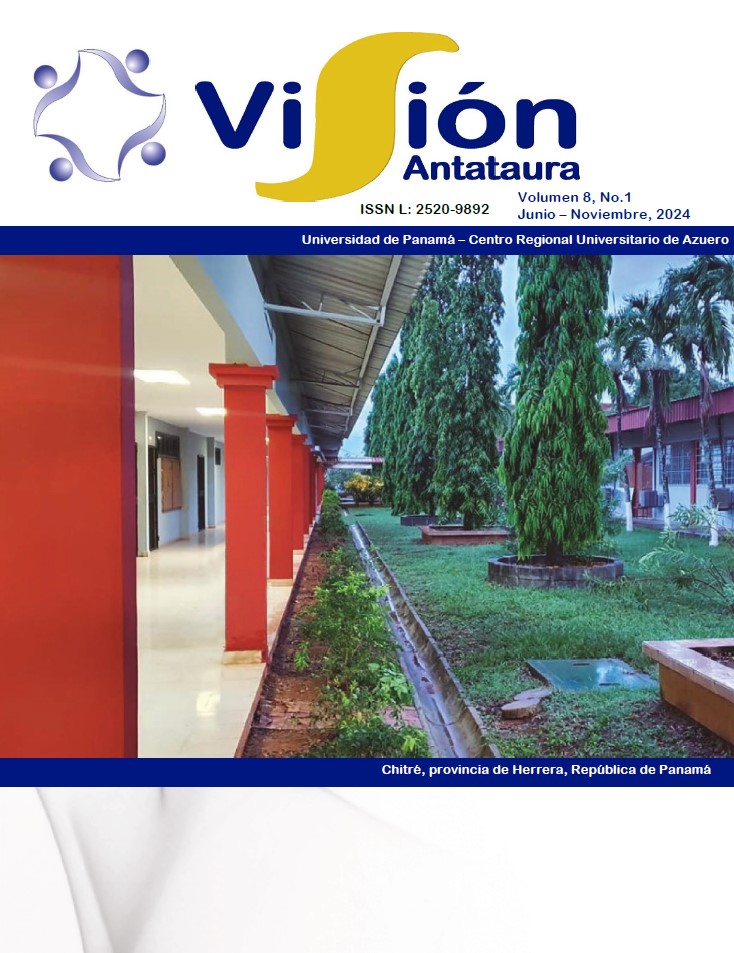
Artículos
Vol. 8 No. 1 (2024): Visión Antataura

Copyright (c) 2024 Visión Antataura

This work is licensed under a Creative Commons Attribution-NonCommercial-ShareAlike 4.0 International License.
Toxoplasma gondii is an obligate intracellular parasite with a high prevalence worldwide, a great genetic diversity; a characteristic that allows it to infect a wide variety of, hosts such as, birds, reptiles, and mammals, including humans. The main form of transmission is through the ingestion of tissue cysts and oocysts contained in undercooked food. Various studies have indicated that apart from the known genotypes of T. gondii, there are more aggressive strains of the parasite known as exotic or atypical, which are related to more serious infections in wild animals, causing the decline of economic and culturally important species in many countries. In this short review, open open-access academic search engines were used using keywords and web pages related to studies on the genetic diversity of T. gondii in wild animals.
Este obra está bajo una licencia de Creative Commons Reconocimiento-NoComercial-CompartirIgual 4.0 Internacional.
